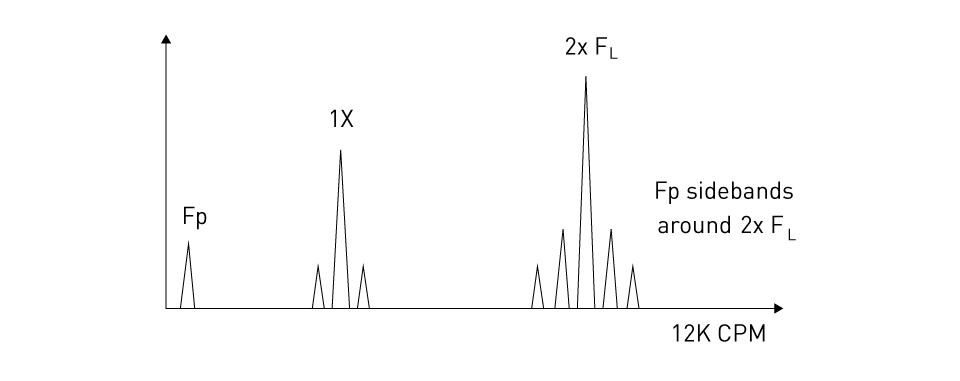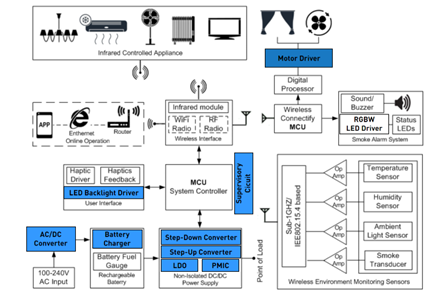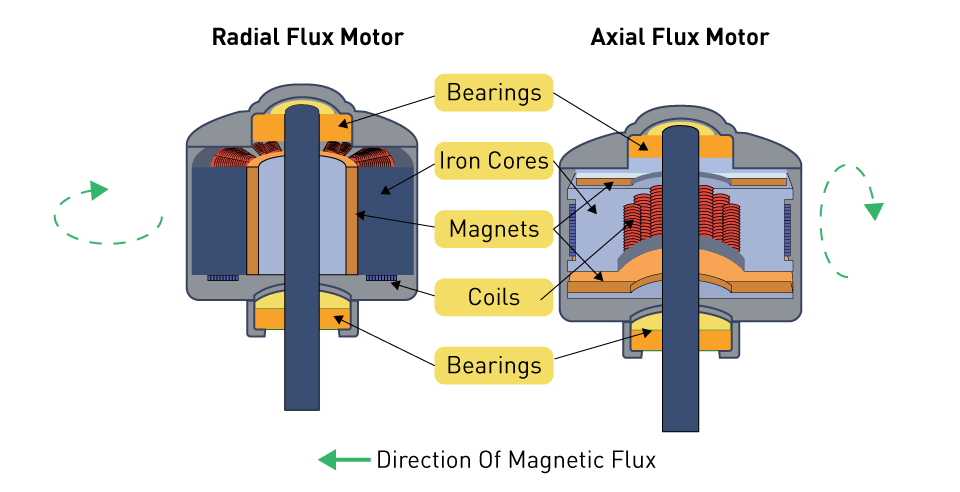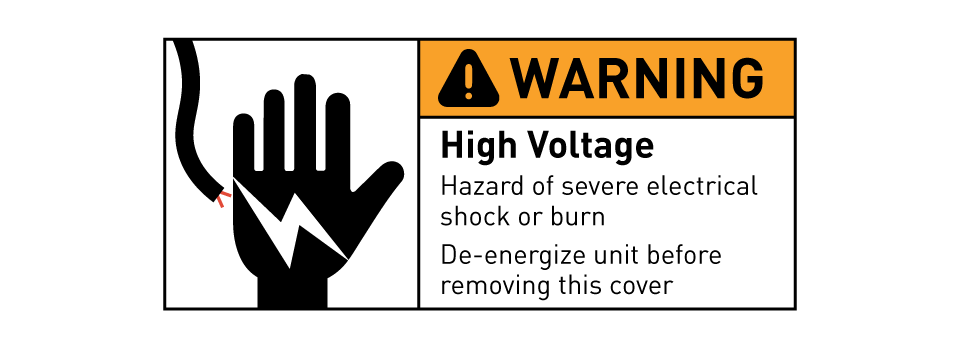Developing a Maintenance Plan
When it comes to guaranteeing the longevity and dependability of electric motors, planning a maintenance schedule is quite necessary. A well-structured maintenance plan can extend the operational life of motors, prevent costly unscheduled downtimes, and improve efficiency. The following is a more in-depth look into the process of developing such plans:
Importance of Regular Maintenance: In order to ensure that motors continue to work well and extend their lifespan, it is essential to perform routine maintenance. It includes routine inspections, cleaning, and lubrication, as well as replacing worn parts before they fail. Routine maintenance identifies problems such as overheating, vibration, and wear at an earlier stage, allowing for timely corrective actions. The proactive method reduces the likelihood of motor failures and ensures continuous operational efficiency. This is of utmost importance in industrial settings, where the downtime of equipment can result in large financial losses.
Scheduling and Documentation for Preventive Maintenance: In order to create effective maintenance schedules, it is necessary to consider the recommendations of the manufacturer, the norms of the industry, and the particular operating conditions of the motor. The schedule should consider a variety of parameters, such as the type of motor, the level of usage, and the surroundings' conditions. Typically, preventive maintenance schedules incorporate daily, weekly, monthly, and annual chores, tailored to the motor's operational needs.
- The daily checks may include visual inspections and basic cleaning.
- On a weekly basis, it is possible to conduct more comprehensive inspections and testing to identify any indications of wear or degradation.
- Monthly and annual operations may include in-depth testing of motor and drive system components, lubricant refreshes, and thermal imaging. The purpose of these tests is to identify any hidden issues that may be present.
The documentation is also very important, and it should include a detailed record of all the operations, discoveries, and replacements conducted throughout maintenance. When it comes to troubleshooting and refining maintenance schedules based on previous occurrences and operational parameters, this documentation serves as a historical record that can be of enormous assistance. Moreover, maintenance records offer data that can be put into action, which can be of assistance in predicting future maintenance requirements and optimizing the management of the motors throughout their lives.
Routine Maintenance Procedures
It is critical to perform routine maintenance on motors in order to ensure their continued functionality and longevity. This section contains advice on cleaning, lubrication, inspection, and replacement of motors, as well as covering the common maintenance activities that are necessary for a variety of motor types.
Common Maintenance Tasks for Various Motor Types
AC Motors: Regular inspection of bearings, inspecting and fastening of electrical connections, and monitoring of the temperature of the motor casing are all important aspects of alternating current (AC) motors.
DC Motors: The maintenance schedule for DC motors includes routine tests for bearing lubrication and brush spring tension, as well as frequent inspection of brushes and commutators for signs of wear and debris accumulation.
Stepper Motors: When it comes to stepper motors, it is important to do alignment checks and periodic verifications of step accuracy and low-speed torque in order to prevent step loss.
Servo Motors: For servo motors, continuous monitoring of feedback devices for precise positioning and responsiveness is required, as well as inspections for gear and bearing wear.
Cleaning, Lubrication, Inspection, and Replacement Guidelines
Cleaning: Dust, filth, and debris that can obstruct cooling and lower efficiency shouldn't be allowed to accumulate on motors; they should be cleaned regularly. When cleaning the motor's exterior surfaces, use soft brushes and vacuum systems, and ensure that venting pathways are accessible.
Lubrication: Proper lubrication reduces the amount of friction and wear in moving parts. Be sure to adhere to the manufacturer's instructions regarding the type of lubricant to use and how often it should be applied. Instead of relubricating motors that have sealed bearings, it is recommended that the bearings be replaced in accordance with the specifications provided by the manufacturer.
Inspection: Regular inspections should involve looking for signs of wear, overheating, vibration, and noise that exceed typical levels. All these indicators could indicate underlying problems that require immediate attention. In order to identify irregularities, you might make use of thermal cameras, stethoscopes, and vibration analysis equipment.
Replacement: Components such as bearings, brushes, and seals ought to be replaced at intervals that are specified by the manufacturer or based on the wear that is seen during inspections. To ensure that the motor continues to function at its best, it is imperative that replacements always be compliant with the requirements of the motor.
Predictive and Preventive Maintenance
Implementing predictive and preventive maintenance procedures can achieve important goals such as increasing motor dependability, optimizing performance, and preventing unexpected downtime. These procedures entail the use of sophisticated methods to monitor motor conditions and implement timely interventions in order to prevent future failures.
Techniques for Predictive Maintenance
Vibration Analysis: Vibration analysis is one of the most successful approaches to predictive maintenance. It involves measuring the frequency and amplitude of vibrations that occur within a motor in order to identify imbalances, misalignments, bearing wear, and other potential mechanical faults. The analysis can differentiate a specific vibration frequency associated with each of these faults. This method is capable of identifying issues that, in most cases, would go unnoticed until they result in major harm or the operation fails. The following example presents a typical eccentric rotor fault in the frequency domain: Approximately one and two times the line frequency is the range at which sidebands with the pole pass frequency can be noticed.

Figure 1: Eccentric Rotor fault example
Thermal Imaging: Thermal imaging, which uses infrared cameras, is a technique that helps detect overheating problems in motors. These issues are frequently precursors to more serious problems. Maintenance workers can conduct corrective activities at an earlier stage when they recognize hot spots caused by excessive friction, electrical failures, or clogged cooling channels.
Acoustic Analysis: Acoustic analysis is a technique that involves monitoring changes in the noise levels generated by the motor. These changes could indicate issues such as bearing failure or motor system misalignment. It is possible to analyze these disturbances using acoustic sensors and algorithms, which can then provide early indications of mechanical difficulty.
Oil Analysis: Conducting routine examinations of the lubricant used in motors might reveal the presence of metal particles and other pollutants, which may indicate that the lubricant has broken down or worn out internally. This strategy is especially helpful for large motors, which are characterized by the significant role that lubrication plays in the overall performance profile.
Implementing Preventive Measures to Avoid Unplanned Downtime
Regular Inspection and Calibration: It is crucial to subject all of the motor's components to routine inspections and perform any necessary calibrations to maintain the motor's effectiveness and dependability at a high level. This involves ensuring that the tension settings, alignment, and electrical connections are all correct.
Condition Monitoring SystemsM\: In the context of motors, condition monitoring systems refer to the installation of sophisticated monitoring systems that continuously evaluate the operating characteristics of the motor, including temperature, speed, and load. These real-time data can assist in the prediction of problems before they take place, which enables planned actions that reduce the amount of time spent offline.
Training and Procedures: Create all-encompassing training programs for the operational and maintenance staff so that they can identify the early indicators of motor degeneration. Establishing standardized maintenance procedures based on manufacturer recommendations and industry best practices is necessary to ensure consistent handling and care of motor systems.
Redundancy Plans: When it is possible to do so, incorporate redundancy into the design of the motor system. This allows one system component to take over without interruption if another fails. It is especially important to keep this in mind when it comes to applications that have the potential to have significant financial or safety ramifications if they come down.





直接登录
创建新帐号